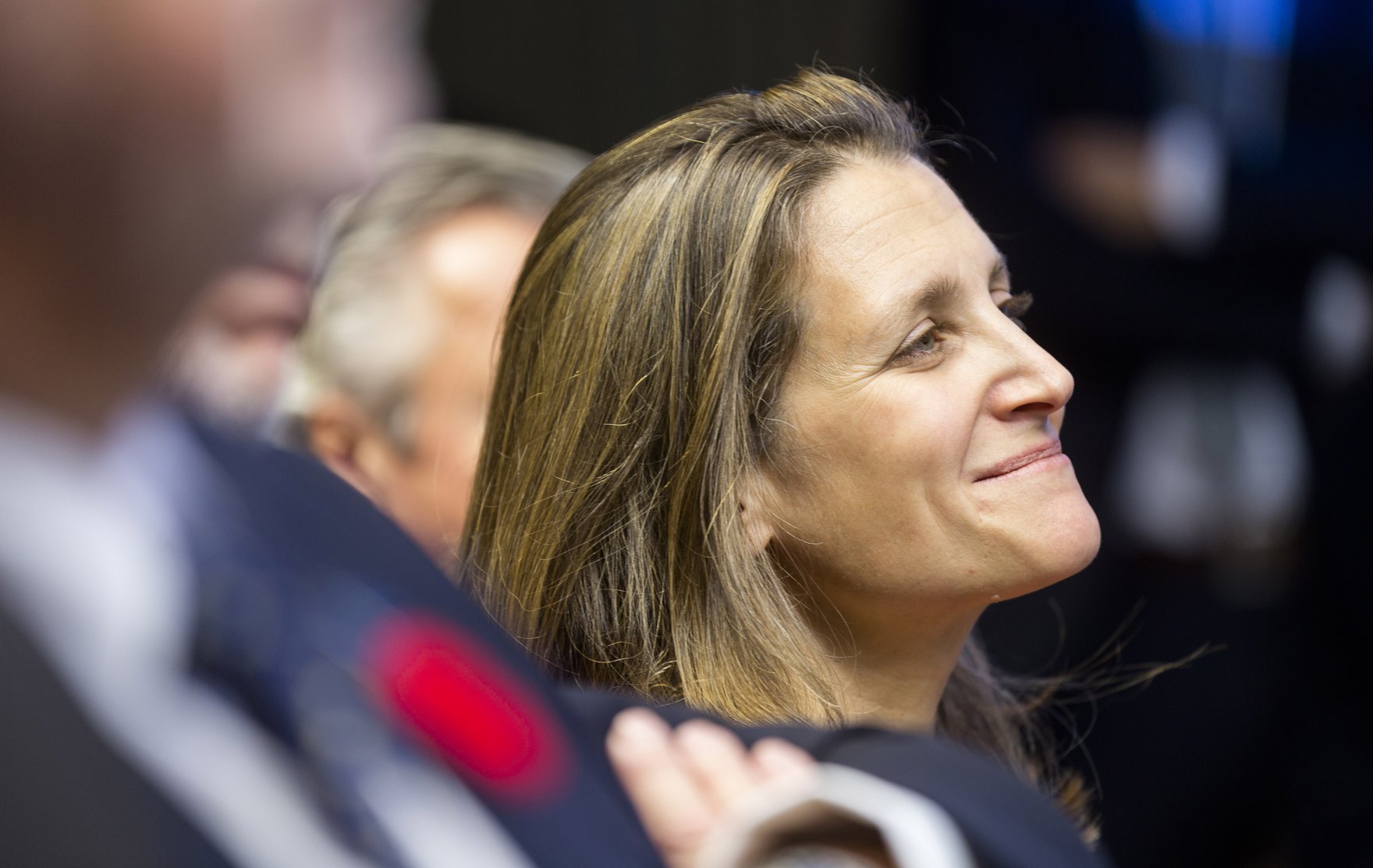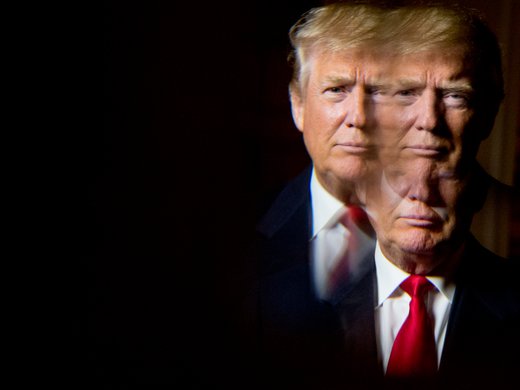On Wednesday, the Canadian government announced that it had submitted a request for consultations at the World Trade Organization (WTO) to challenge the United States’ countervailing and anti-dumping duties. Canadian Minister of Foreign Affairs Chrystia Freeland indicated that the step was a necessary response to the earlier softwood lumber dispute, though, the document attacks the entire United States system, not just the decisions on softwood lumber.
Many experts have criticized the Canadian government for its timing. They fear that this WTO request will make the next round of North American Free Trade Agreement (NAFTA) renegotiations — slated for January 23-28 in Montreal — even more difficult than expected. They fear that it could ultimately prompt United States President Donald Trump to invoke NAFTA’s article 2205, notifying partners of intent to withdraw from the pact after a period of six months. US Trade Representative Robert Lighthizer hinted at such a prospect when he mentioned in a statement that “Canada’s claims are unfounded and could only lower US confidence that Canada is committed to mutually beneficial trade.”
The irony here is that Canada is making the same complaint about the United States. In its WTO filing, Canada indicates “that the United States maintains […] measures relating to anti-dumping or countervailing duty investigations, reviews or other proceedings, which are inconsistent with its WTO obligation.”
A massive question is left unanswered: why did Canada file this request at the WTO while the NAFTA renegotiations are underway (and nothing short of arduous)? This decision appears even more fraught give Washington's critical stance on the WTO; the Trump administration feels as if world trade rules are stacked against them.
Canada’s first motivation for going to the WTO is to show the Americans (and the rest of the world) that it will not cave in to larger economic partners when they put undue pressure on Canadian economy and businesses. This goes for trade negotiations with China, with Comprehensive Progressive Trans-Pacific Partnership parties, and with the Unites States.
If these countries can defend and promote their own interests, why shouldn’t Canada? Trying to get as much as possible from the process by using all political and legal means available is simply part of the process. The negotiations certainly aren’t unfamiliar with shows of muscle or grandstanding; think of the Trump administration’s outrageous NAFTA demands, the threat to leave NAFTA, the softwood lumber dispute, the Boeing-Bombardier dispute and most recently, the newspaper dispute.
Second, Canada may be more strategic than we think. One of the United States’ demands in the NAFTA renegotiation is chapter 19’s elimination. Chapter 19 allows the parties to bypass the national judicial system to challenge countervailing and anti-dumping duties. For instance, in the softwood lumber dispute, Canada has filed for the creation of an independent bi-national panel of experts under chapter 19 to decide on both the validity of the United States claim that lumber is subsidized in Canada, and on the level of duties imposed by the United States. Canada argues that NAFTA’s chapter 19 is necessary given that the United States system tends to be politicized and biased against foreign companies.
Across the negotiating table, the United States argues that chapter 19 is unnecessary because the WTO exists, (it did not when NAFTA came into force) and because the United States system is not biased in favour of American firms.
With its WTO filing, Canada is forcing the United States to put its logic to the test. If the Trump administration undermines the WTO and even comes to reject it, then Canada is plenty justified in insisting to keep chapter 19 in NAFTA, since there would not be an alternative independent institution to deal with national countervailing and anti-dumping duties in North America.
If the United States decides to continue recognizing the WTO’s dispute-settlement mechanism to decide on the fairness of US trade remedies, then a decision in Canada’s favour would support Canada’s claim that Washington's system is biased, making it easier to argue in favour of keeping chapter 19.
In other words, Canada is trying to show that the United States cannot have it both ways; they can’t eliminate chapter 19 and disregard the WTO’s authority to judge the US trade remedy system and its decisions.
Freeland will want to keep both chapter 19 and the United States’ commitment to the WTO, since it gives Canada more ammunition in disputes. The filing has potentially strengthened Canada’s hand in the NAFTA renegotiations, all the while putting pressure on the United States in the softwood lumber dispute, among others.
This article first appeared in the Toronto Star.



